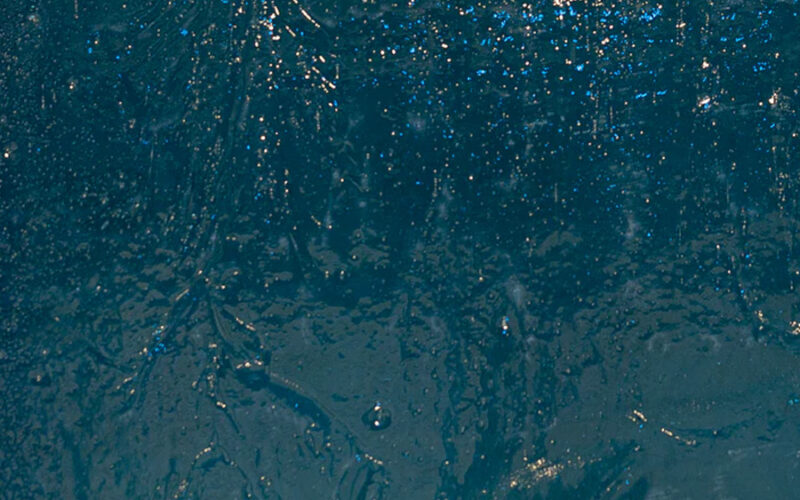Stained glass art is a captivating blend of color, light, and craftsmanship. Whether you’re designing a simple suncatcher or an intricate window panel, the materials you choose will determine the overall look, durability, and ease of working on your project. With so many options available, it’s important to select the right materials to match both your artistic goals and practical needs. Here’s a complete guide to help you choose the right materials for stained glass art.
1. Understand the Types of Glass
Stained glass comes in several types, each with its own characteristics:
Cathedral Glass: Transparent and smooth, cathedral glass allows light to pass through beautifully. It’s ideal for projects where clarity and vibrant color are key.
Opalescent Glass: This glass blends two or more colors in a semi-opaque finish. It diffuses light softly and adds a mystical touch to your art.
Textured Glass: From hammered to ripple effects, textured glass adds dimension and privacy. It’s great for backgrounds or pieces meant to catch the light in unique ways.
Antique or Hand-blown Glass: Used in restoration or high-end projects, this glass features bubbles and variations that add historic charm.
2. Consider Color and Light Transmission
Color is at the heart of stained glass art. When choosing colors, think about:
Light source: Will the glass be backlit by natural light?
Color blending: How do different colors look when placed next to each other?
Mood and style: Warm tones (reds, oranges) create a cozy feeling, while cool tones (blues, greens) feel calming.
Test how different glass colors look in the actual lighting environment before finalizing.
3. Think About Glass Thickness
Standard stained glass is about 1/8 inch thick. Thicker glass may be harder to cut, while thinner glass may be too fragile. Stick to standard thickness if you’re a beginner, and always make sure your cutting tools are compatible.
4. Evaluate Texture and Opacity
The level of opacity affects both the design and the amount of light that passes through. Use more opaque glass for focal elements or privacy, and clearer glass for brightness.
Textures also play a functional and aesthetic role. Rough textures can obscure views, while smooth surfaces are easier to clean and solder.
5. Match Material to Your Skill Level
Some types of glass are easier to work with than others. For beginners:
- Choose smooth, easy-to-cut cathedral glass.
- Avoid thick or heavily textured glass until you gain more confidence.
- Advanced artists can explore layered or fused glass for more creative complexity.
6. Don’t Forget Supporting Materials
Besides glass, you’ll need:
- Copper foil or lead came for joining pieces
- Solder and flux
- Glass cutter, grozing pliers, and grinder
- Patina and polish for finishing
- Make sure all materials for stained glass art are compatible with your glass type.
The Bottom Line
The right material for stained glass art depends on your design, light source, experience level, and personal style. By understanding your options and planning ahead, you’ll not only simplify the creation process but also produce a piece that’s beautiful, functional, and long-lasting.
Whether you’re crafting a window, lamp, or decorative panel, your material choices matter. Make them wisely, and your stained glass art will truly shine.

